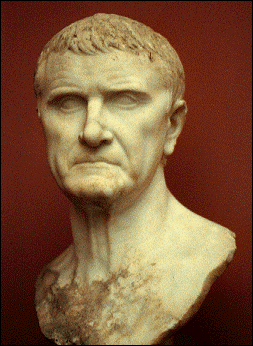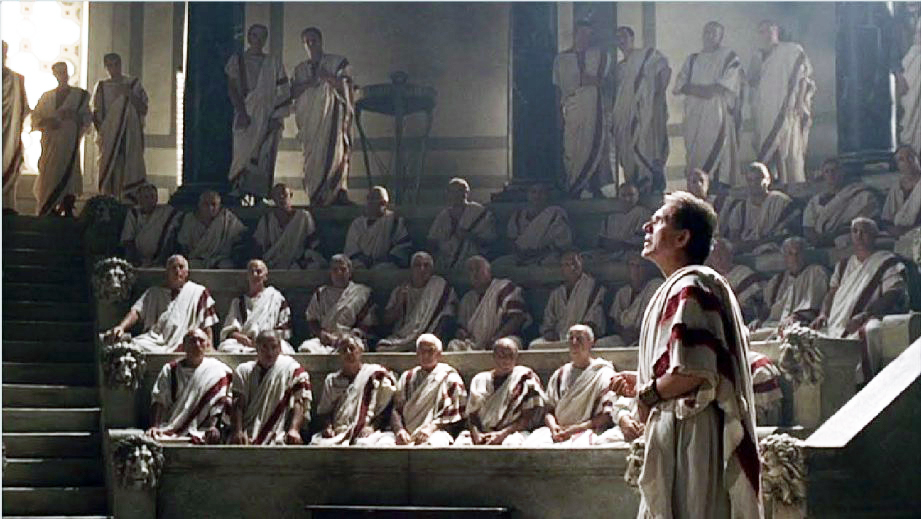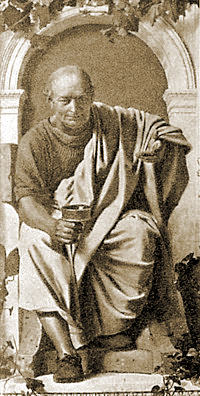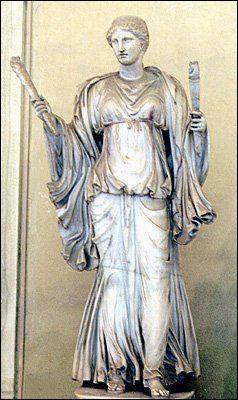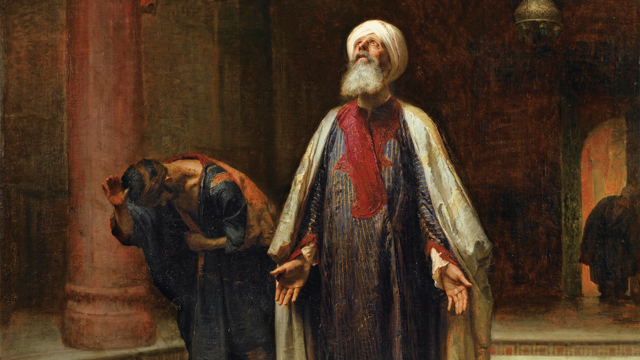by Evropa Soberana
Siege and fall of Jerusalem: the destruction of the Second Temple
That same year, 68, Nero was killed in Rome and a civil war broke out. The whole Roman Empire was in check. On the one hand, the numerous Jewish masses, in full boiling mode, challenged the Roman power in Judea and on the other, they did it in the bosom of Rome itself. If the Roman power in the East faltered, the Parthians would have been able to take advantage quickly to conquer Asia Minor and fortify themselves in the area, which would have been a huge catastrophe for Rome.
The government was staggering gently, but Vespasian returned to Rome and fought against Vitellius, who claimed to be Nero’s successor. After defeating the fat Vitellius, Vespasian was named emperor and entrusted his 26-year-old son Titus with the military operations of repression and the siege of the Jewish capital.
Titus surrounded Jerusalem with the four legions, cutting off supplies of water and food. Also, he increased the pressures on the needs of the city by allowing the pilgrims to enter to celebrate the Passover and then preventing them from leaving.
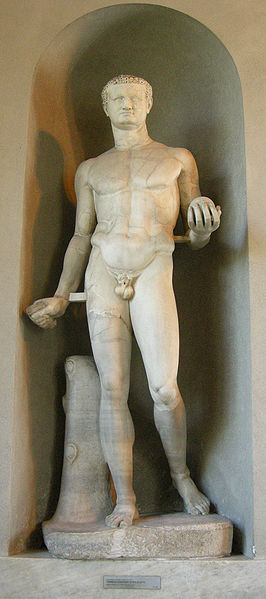
Statue of Titus modelled after the Doryphoros of Polykleitos, 79-81 CE, Vatican Museum. As can be seen, an anti-Hellenist Pope ordered
this and many other Greco-Roman statues to be ‘castrated’
centuries after they were sculpted.
In besieged Jerusalem with famine and epidemics, thousands and thousands of lives were claimed. The Jews who constituted the hard core of the rebellion—the Zealots and the Sicarii—threw down the wall the pacifists or the ‘counter-revolutionaries’ suspected of not communing with the Zionist cause, or of seeking an understanding with Rome to obtain favourable conditions for their people. According to some passages of the very Talmud, the Sicarii and Zealots (leaders such as Menahem ben Ya’ir, Eleazar ben Ya’ir, and Simon Bar Giora) came to commit atrocities against the Jewish civilian population, even preventing them from receiving food, to force them to be obedient and commit to the cause.
The defenders that constituted the active element of the resistance must have been about 60,000 men. They were divided into: the Zealots under the command of Eleazar ben Simon who occupied the Antonia Fortress and the Temple; the Sicarii under the command of Bar Giora, centered in the high city; and the Idumeans and others under John of Giscala. There was an obvious rivalry between the combatant factions, which erupted from time to time in open fighting. The population of the fortified Jerusalem exceeded three million people, of whom most were willing to fight, hoping that their god would lend a hand against the infidels.
While the Romans attacked again and again the fortifications with immense casualties on their part, the Zealots occasionally left the ramparts to make raids in which they managed to assassinate unsuspecting Roman soldiers.
After one of these actions, Titus, using very clear tactics of intimidation, made deploy at the foot of the city his entire army with the aim of intimidating the besieged, and appealed to Josephus, who yelled at the beleaguered a quite reasonable speech. Apparently, for the ears of the Jews dominated by their superstitions and surely awaiting any moment for an intervention of Yahweh, Josephus only managed to get them angrier and was shot with an arrow that wounded his arm.
Josephus descended from a long Sadduceean priestly line related to the Hasmonean dynasty of pre-Roman times. During the Great Jewish Revolt, the Sanhedrin made him governor of Galilee. After defending the Yodfat fortress for three weeks, he surrendered to the Romans who killed almost all of his men. Josephus, who was hid in a cistern with another Jew, was saved by demonstrating his great training and intelligence, and predicting to the general his future appointment as emperor of Rome. Later, he would accompany Titus and the Romans who used him to try to negotiate with the Sanhedrin.
After this, the Jews launched another sudden raid in which they almost succeeded in capturing Titus himself. The Romans were trained for frontal clashes with enemy armies; they were unaccustomed to the dirty fight of guerrilla warfare, in which the chivalry of combat is totally nullified. In May of 70 the Romans opened with their battering rams a breach in the third wall of Jerusalem, after which they also broke the second wall and penetrated like a swarm of wasps into the city.
Titus’s intention was to go to the Antonia Fortress, which was next to the Temple: a vital strategic point of the Jewish defence. But as soon as the Roman troops surpassed the second wall, they were engaged in violent street fighting against the Zealots and the civil population mobilized by them, and despite losing thousands of men to the superiority of legionary training in body to body combat they continued to attack, until they were ordered to retreat to the Temple to avoid useless casualties.
Josephus tried, once again unsuccessfully, to negotiate with the besieged authorities to prevent the bloodbath from continuing to grow. The Antonia Fortress had been built by Herod in honour of Mark Antony, who had supported him. The legions of Titus, faced with a building built with Roman efficiency, had to overcome a thousand calamities to take it.
Several times the Romans tried to break or climb the walls of the fortress without success. Finally, they managed to take it in an undercover assault, during which a small Roman party silently assassinated the Zealot guards who were sleeping. The fortress was then filled with legionaries. Although Titus planned to use the fortress as a base to breach the walls of the Temple and take it, a Roman soldier (according to Josephus, the Romans were enraged against the Jews for their treacherous attacks) threw a torch that set the wall on fire.
The Second Temple was levelled, and to top it all for the Jewish quarter, the flames quickly spread to other residential areas of Jerusalem. When they saw their Temple being burned many Jews committed suicide, thinking that Yahweh had become angry with them, had abandoned them and was sending them to a kind of apocalypse.
At this time the legions quickly crushed the resistance, while some Jews escaped through underground tunnels, and others, the more fanatical ones, barricaded themselves in the high city and Herod’s citadel. After building siege towers, what remained of the combative element was massacred by Roman pilum and gladius, and the city came under effective Roman control on September 8.
_________
Editor’s note: Once again, if white nationalists were historically self-conscious (as Jews are), every year they would celebrate this date.


